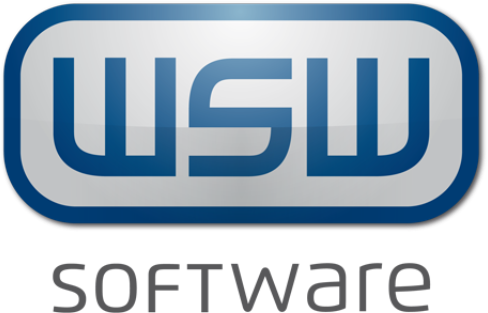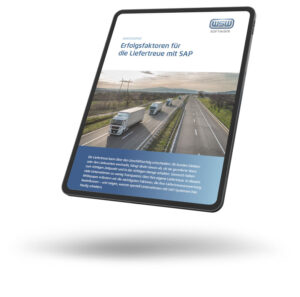Processing incoming forecast delivery schedules
Optimized data transmission between customer and supplier
There are a number of pitfalls when incorporating forecast delivery schedules into SAP systems: incomplete data records, lack of transparency or insufficient checks not only make everyday work more difficult for suppliers - it can also lead to delivery bottlenecks. We explain how you can optimize the process sustainably.

Incorporate forecast delivery schedules into SAP
The incorporation of delivery schedules into SAP systems usually takes place via electronic data interchange (EDI). The data format used by SAP is called IDoc (Intermediate Document).
SAP systems are able to assign such IDocs quasi-automatically to scheduling agreements, manage the transferred data and perform simple checks. But this does not work smoothly for every company. There are several reasons for this.
The challenge of processing forecast delivery schedules
Do you also frequently encounter the following problems with your SAP system?
- Functions cannot be used at all or only incompletely because they were not taken into account when the system was set up.
- The data transferred in the IDocs is not transferred completely or incorrectly because the mapping is not set up well.
- Your requirements for automated checks of forecast delivery schedules are not covered by the SAP standard.
These seemingly small-scale problems can have serious consequences: If you lack transparency about forecast delivery schedules or don't have all the necessary information in view at all times, you won't be able to respond to problems immediately. This means, for example, that you recognize fluctuations in forecast delivery schedules too late and are therefore unable to meet customer orders. The results are delivery bottlenecks and missed delivery deadlines.
How to optimize inbound processing
Do you encounter limits or gaps in your SAP system or does it make your everyday work more difficult?
There are several ways to optimize your processes and create more transparency:
- Customizing: Making better use of functions
If you have not yet used functions from the SAP standard or if these were not fully implemented when you set up your system, you can still set them up later. - Optimize mapping
Mapping is the collection of rules according to which forecast delivery schedules are processed in your system. If standard mappings are not sufficient to transfer or retrieve all necessary information, new routines can be set up here to optimize your processes specifically according to your requirements. - SAP enhancements for more transparency
Where you cannot get anywhere with the functions and adaptations of the standard, SAP systems can be extended with useful additional functions using add-ons. These offer a wide range of additional functions, especially for incoming order processing, which increase your transparency and give you more scope for flexibility and reaction speed.
Our process solutions
WSW Software has developed a variety of routines and SAP-based add-ons to help you optimize your call in processing. Here you will find a selection of our process solutions.
SPEEDI IMON IDOC Monitor SAP
SPEEDI Tolerance Line Check
Advantages
Transparency
With the help of an optimally set up SAP system, you not only receive more information about your delivery schedules. You can also better identify errors in the data, register deviations and react more quickly.
Analyses and monitoring
Clear analyses and transparent monitoring of incoming delivery schedules simplify your planning for all subsequent processes. You can also use such evaluations in negotiations with your customers in the event of major deviations from agreements.
Improved delivery reliability
In the long term, you can achieve significant improvements in your processes with the improved incorporation of delivery schedules and greater transparency, thereby sustainably reducing supply bottlenecks and improving your Delivery Reliability  Increase

Director Business Unit SAP & Digital Supply Chain
T: +49 89 895089 426
M: wolfgang.salinger@wsw.de


